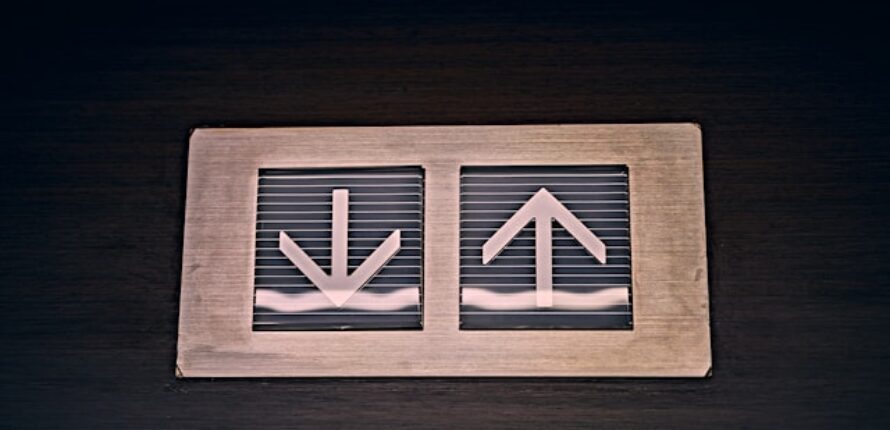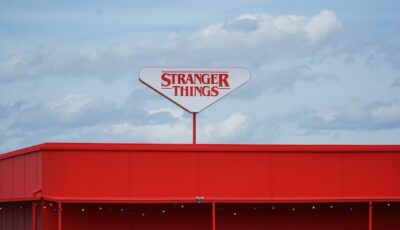You’ve heard the phrase “What goes up must come down.” It applies to apples, blinds, and overinflated egos. But the modern digital world? That’s a two-way street. Because when it comes to the Internet, what goes down had better come back up. And quickly.
Yet for decades, we’ve all been sold a one-way fantasy. Faster downloads! More streaming! All the Internet you can devour, delivered to your home in glorious HD. But what about everything you’re sending back out into the world?
If your Internet is only good at downloads, it’s like having next-day delivery, but returns require a handwritten letter and confirmation through an 800-number.
The Truth About Upload Speeds
Upload speed is the less glamorous sibling of download speed. It’s the tofu to download’s steak. It’s the left hand of ambidexterity. It’s what powers your FaceTime calls, your work-from-home files, your TikTok uploads, your cloud backups, your smart doorbell, your gaming… basically, everything that makes your life actually function.
A Thought Experiment
Imagine a city where every highway into town is eight lanes wide, but the only way out is a rocky back alley barely wide enough for a bike. That’s your Internet when you’ve got 300 Mbps down and a wimpy 10 Mbps up. We call that a design flaw masquerading as an industry standard.
Why? You look like a pixelated ghost on Zoom. Your Ring camera lags just as someone shady walks by. Your cloud backups time out. And your smart fridge forgets to reorder oat milk (a crime in some households).
Even the Government is Playing Catch-Up
The Federal Communications Commission is in charge of defining “broadband” for the nation. They recently updated their baseline standard to 100 Mbps down and a negligible 20 Mbps up. That’s right. The bar used to be set at 25/3 Mbps.
Think about that for a sec.
In a world where we’re video calling, uploading content, syncing cloud storage, and running smart homes, 3 Mbps was considered “good enough” to upload. That’s the Internet equivalent of allowing a single checkout lane at Costco on a Saturday afternoon.
Yes, it’s an improvement. But it still treats uploads like a second-class citizen in your digital life. It’s like celebrating a rotary phone upgrade because it now comes with a cord long enough to reach the kitchen.
Enter Digital Harmony
At CLtel, we don’t think you should have to fight your technology to get it to work with you. We believe in Digital Harmony. A state of balance where your upload and download speeds are equal and you don’t think about your technology.
Symmetrical Internet is necessary. Because you consume and participate in it. You produce, stream, share, create, Zoom, secure, sync, and store.
And if you’re only getting fast downloads, you’re only living half the online experience. It’s like eating soup with a fork.
TL;DR (Too Laggy: Didn’t Respond)
Let’s simplify:
- If your upload speed is slow, your smart home becomes dumb.
- Your security devices become insecurity devices.
- Your video calls become pixel art.
- And your Internet starts to feel like dial-up with a tuxedo.
Symmetry isn’t just beautiful in architecture or faces. It’s also shockingly useful in broadband.
You deserve Internet that’s as ambitious as you are.
Because in the modern world, what goes up must come down and go back up, securely, quickly, and without frustrations.
Join us in Digital Harmony.
We’ll bring the fiber. You get the oat milk.
- Find your perfect plan
- Check availability
- Talk with a local expert (641-357-2111)



